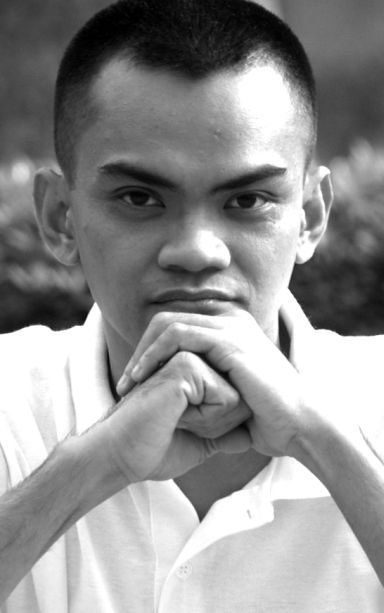
PAREDES
That footage of a Boracay vendor selling her wares at buy-one-take-10 to a TV reporter haunts us as a nation as we saw how the island, famous for its white sand beaches, was recently closed down for a six-month rehab. At first she smiled when she told the reporter about her offer. But she broke down when she said she really needed the money to make her family cope with the sudden loss of business.
Consider how many more ordinary folks there have suffered in the same way. It’s hard enough to survive without food for a few days. Imagine how a family could get by without income for half a year.
For resort owners, it is only disruption which could mean some financial losses. But they have more than enough for their family to go on with their lives. The closure could even be an opportunity to do that overdue makeover, to clean up surroundings, or reevaluate the rank and file. The prospect of a cleaner Boracay will surely be good for branding and will have long term dividends.
That is also what government had in mind when it proposed to close down what used to be one of the world’s most beautiful beaches after mass tourism turned it into what President Rodrigo Duterte calls a “cesspool”. In a more recent speech, the President blamed local officials, businessmen, and residents in Boracay for allowing the environmental tragedy to happen.
A local group of lawyers questioned the legality of such move and called for its suspension. But it’s already too late to stop the closure which is affecting thousands of residents and transient workers. Boracay exemplifies the effect of mass tourism or how overcrowding and the lack of enforcement of government regulations can have disastrous effects on the environment and compromise a community’s future.
Recent investigations have shown that local officials have long allowed illegal construction of buildings and structures such as sewage pipes that directly pour out kitchen and toilet wastes into the sea. That accounts for high levels of e. coli or traces of human excrement in the waters.
I have not been to Boracay but friends who have been there tell me of how mass tourism there has really become crass tourism. Commercialization seems to encourage a lot of locals, including children, to be opportunistic. For instance, kids may offer to take your photo but demand you to pay them afterwards. Elsewhere, this should have been a simple gesture of kindness. But such acts of Filipino hospitality is now lost as financial opportunism becomes a more important value that parents now teach to their kids.
This reminds me of children I met in Siargao many years ago when I went there on assignment for a travel magazine. The kids were curious about my big camera and tripod as I took pictures of the waves rolling down from the Pacific. But they were shy and kept their distance as they observed what we were doing with those strange gadgets.
I later let them take a peek through my viewfinder and showed how the telephoto turned the camera into a telescope. They smiled with awe and happily talked among themselves about the experience of looking through a zoom lens for the first time. They were innocent charming kids that never asked money despite their obvious poverty.
Now I fear that next time I visit Siargao, kids will do all sorts of tricks for a fee, like taking my selfie.

